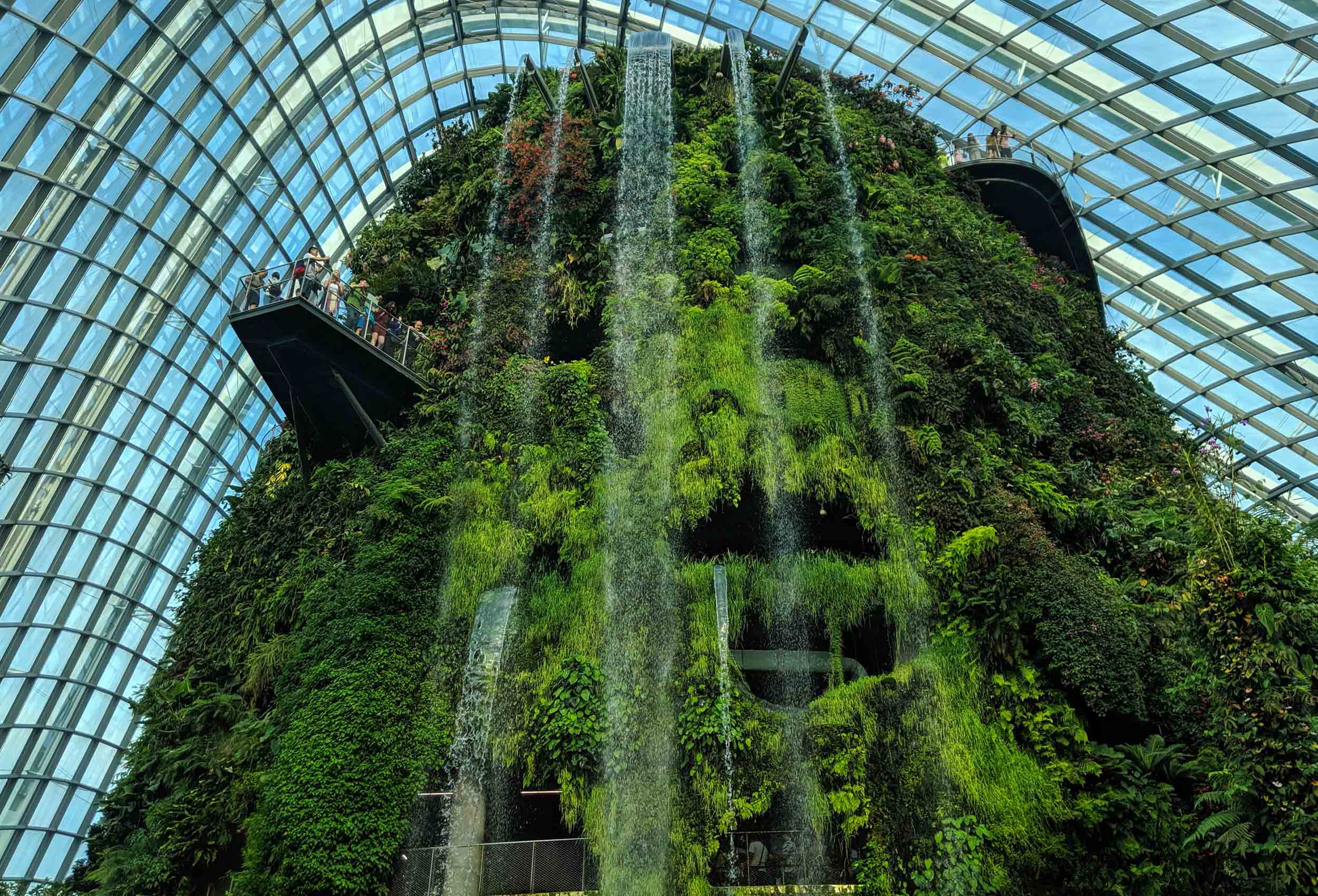Greenwashing and sustainable architecture
A new approach to architecture
Sustainability as we know it today is a means to compensate for many years of unrestrained and unscrupulous industrial growth which has caused serious harm to the environment. In these times of rapid climate change, there is a pressing need for us all to accept responsibility and try to mitigate the effects of global warming on an individual level. There is undoubtedly a greater level of awareness, but given the complexity of the issue, a broader and more structured reasoning must be applied: what we buy derives from a global production chain, and this can be said of all sorts of things from everyday products to the purchase or construction of property.
Even in the world of architecture, in fact, the word "sustainable" is often used in relation to a project. The purpose of sustainable architecture is to construct buildings of reduced environmental impact and better energy efficiency, capable of improving the health, comfort and quality of use for occupants. This purpose must be clearly implemented at the onset of a project, taking into account natural rhythms and resources, in order to avoid causing harm or discomfort to others and the environment and to try and fit them harmoniously into the context, with a view also to ensuring total reuse of the space and materials. A project involving sustainable architecture must, therefore, consider not only the reuse of materials but also their entire life cycle: where they come from, how they are produced or cultivated, how they are transported, their intrinsic emissions, whether or not they can be recycled, and the measures for their disposal.

But how is it possible to demonstrate effective sustainability? How many times has a building been labelled as "green" simply because of the presence of a few trees around it, and not due to its actual sustainability? And how many times have the occupants of a "bio-architectural" building found themselves suffering from the discomfort of heat in summer and cold in winter (and are therefore living in an underperforming building)?

Things such as solar panels, wind turbines, technological products and materials with "eco" labels, even when put to relatively small use in relation to our complex world, naturally help the environment to recreate areas of wellbeing. Unfortunately, however, a lot of false information is spread about Sustainable Architecture or Bio-Architecture: in this case we are talking about "greenwashing". Greenwashing refers to the communication or marketing strategy adopted by companies, institutions and bodies that seek to capitalise on the growing demand for products and behaviours with low environmental impact, by claiming the eco-sustainability of activities that in fact have an adverse impact on the environment. In other words, environmental qualities are improperly attributed in order to exploit their potential for consumers. The word is a neologism coined in the 1980s after the American environmentalist Jay Westerveld criticised the incorrect practice of a hotel that invited customers to re-use towels in order to reduce the environmental repercussions of washing them, when the truth was the owners simply wanted to save money. The term derives from the word "whitewashing", which figuratively means "covering, concealing, hiding", hence the meaning of making false claims to deceive consumers into believing that a company's products are environmentally friendly. There are many well-documented examples of greenwashing around the world. What interests us, however, is not to expose illegal behaviour, but to suggest practices that can really help the environment.

A building is a complex structure and, therefore, something whose parts are variables that change over time. Making a building totally sustainable is practically impossible, but there have been some noteworthy attempts. For example, the objectives set by the global network World Green Building Council, which is fighting for the decarbonisation of the sector by 2050; and the objectives of the Architecture 2030 project, the aim of which is to transform the construction industry from a major producer of greenhouse gases to a solution for the climate crisis.
Thanks to these attempts, architecture should have the power to provide truly sustainable solutions for the future to the advantage not only of human beings, but also of the entire environment. Richard Weller, an architect and professor of Urban Planning and Landscape Architecture at the Waitzman School of Design and the University of Pennsylvania, argues that "any building can do more than just look after humans. Architecture is like an organism, and if you think about a building as having to provide habitat and facilitate other forms of life, from microbial life to insects, birds and all other species then the building can do its part."

Architecture no longer means, therefore, the design of a building in its own right that only takes into account the needs of clients; it means, rather, the creation of a product that is conceived as a system within a system. In other words, the building looks after not only humans but also other living things. Therefore, green roofs, garden walls and plenty of leafy plants are a good start, but we must never forget that these solutions are not exhaustive. Cities are being filled with buildings covered with vegetation, but the latter is still in a controlled state: as we well know, vegetation needs freedom and it is therefore necessary to create a happy medium between free nature and nature circumscribed by man.

Sustainable architecture must therefore be seen as a cultural approach, even before it is implemented. It is necessary to redesign buildings, cities, commercial activities, pedestrian areas and spaces for means of transport, with a view to creating places where man and nature are in constant and respectful dialogue, implementing a real green revolution that is now ineluctably underway.




